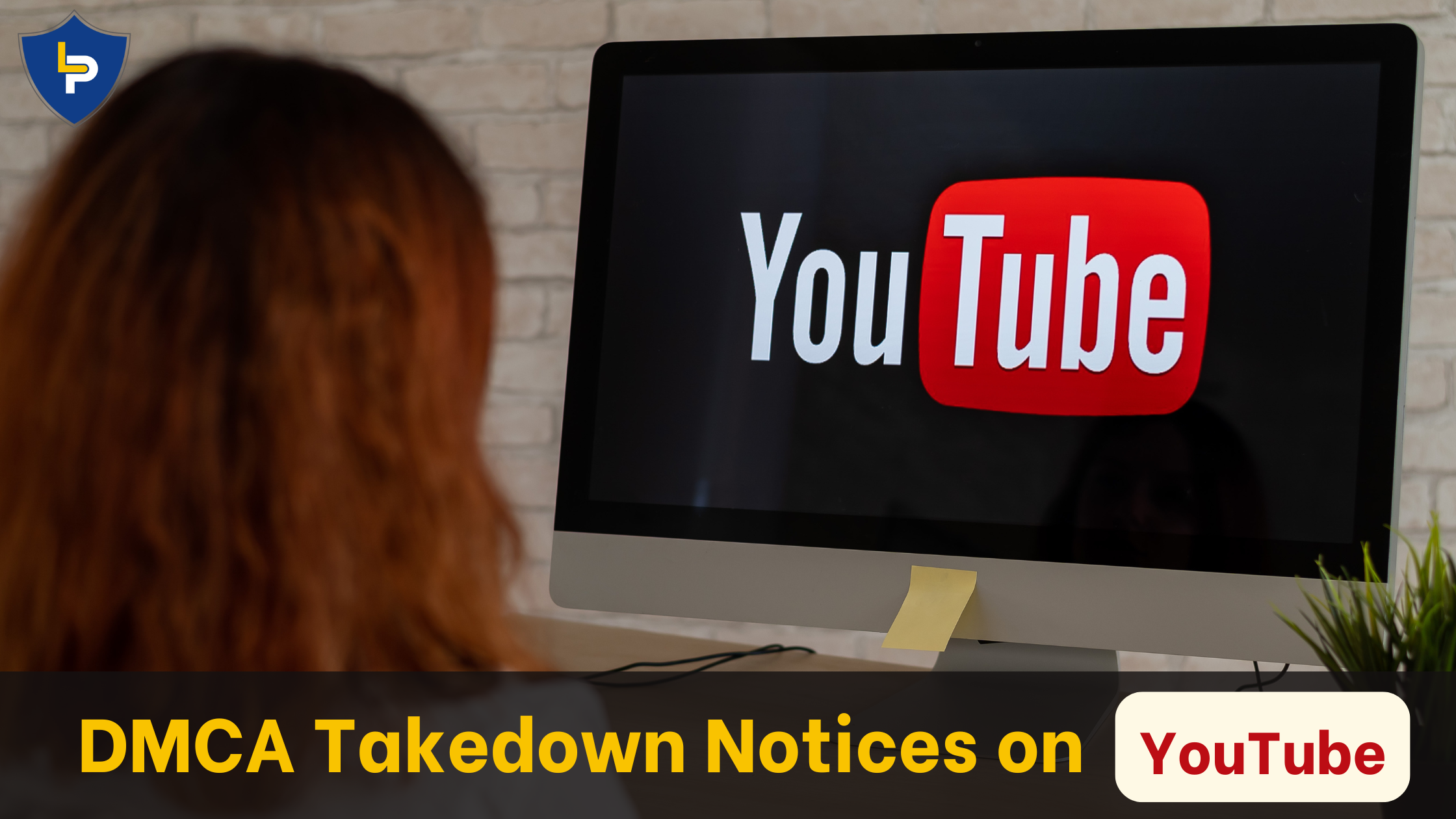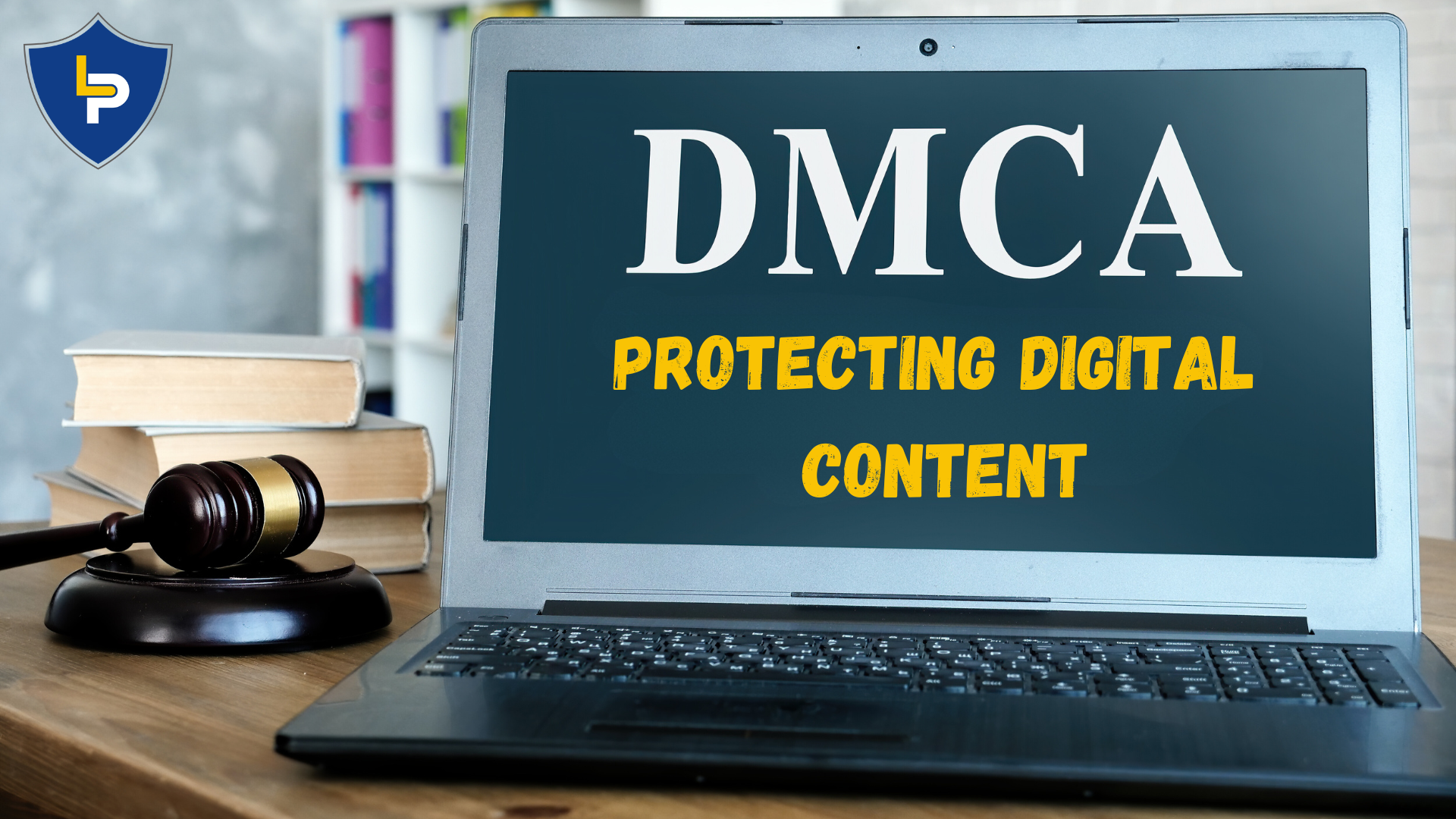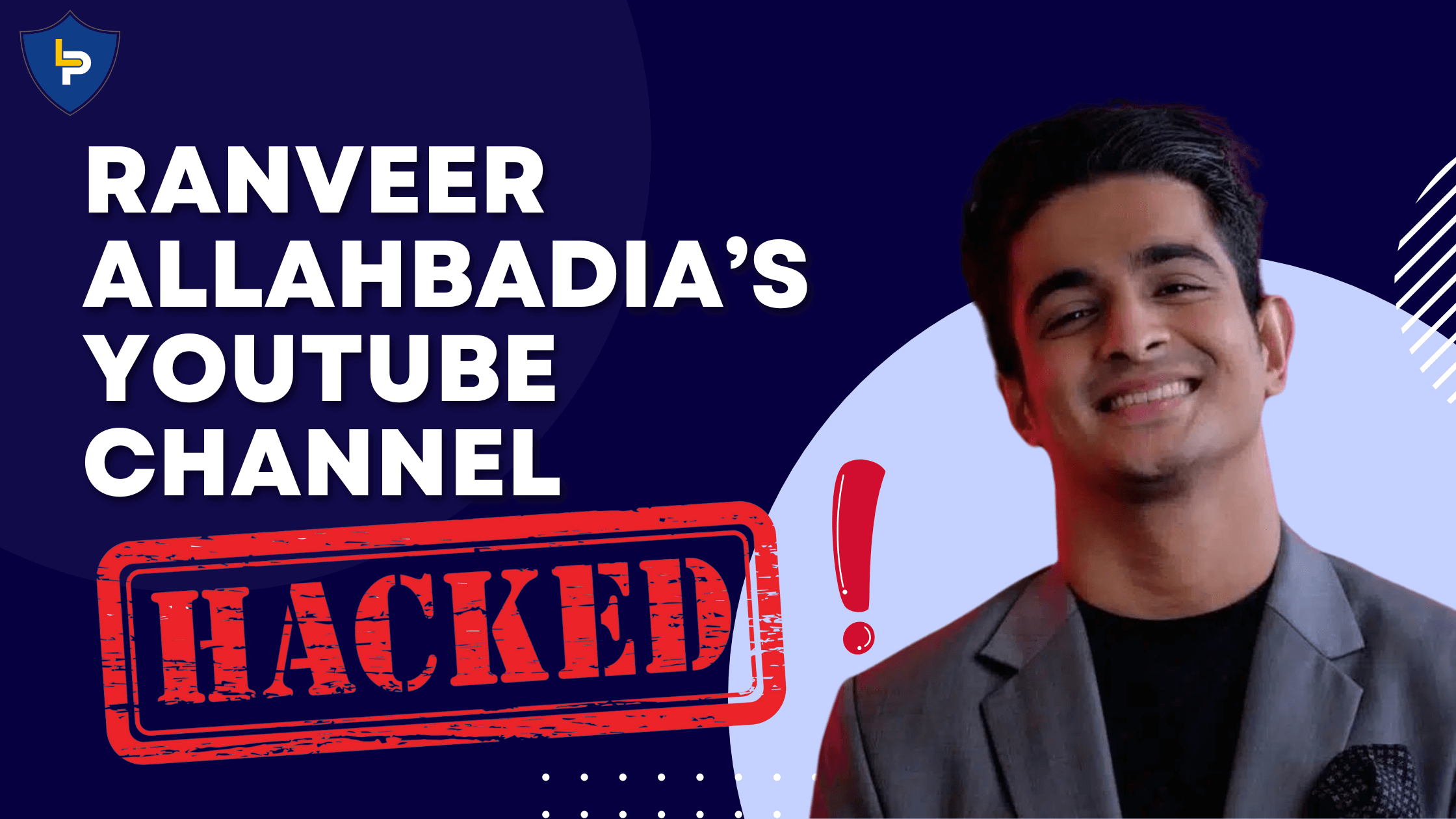In today’s digital age, YouTube has become a thriving platform for content creators to share their work with a global audience. However, as the platform grows, so does the issue of copyright infringement. To combat this, the DMCA Takedown Notice plays a critical role in protecting the rights of creators. This legal mechanism, governed by the Digital Millennium Copyright Act (DMCA), empowers copyright owners to request the removal of unauthorized content from YouTube and other online platforms.
What is a DMCA Takedown Notice?
A DMCA Takedown Notice is a formal request sent to a platform like YouTube to remove content that infringes on the copyright of the original creator. Under the DMCA, platforms are required to act promptly upon receiving a legitimate notice. If they comply, they are shielded from liability for hosting infringing content. This ensures that platforms like YouTube maintain a balance between facilitating content sharing and respecting copyright laws.
How DMCA Takedown Notices Work on YouTube
YouTube has a dedicated system for handling copyright complaints, including DMCA Takedown Notices. Here’s a step-by-step breakdown:
Identifying Infringement: The copyright owner detects that their work has been used without authorization on YouTube.
Filing a Notice: The copyright owner submits a DMCA Takedown Notice through YouTube’s Copyright Management Tools. This notice must include specific details, such as the copyrighted work, the infringing content’s URL, and a statement of good faith belief that the use is unauthorized.
Content Removal: Upon reviewing the notice, YouTube typically removes the infringing content and notifies the uploader.
Counter-Notification: The uploader can file a counter-notice if they believe the takedown was in error or qualifies as fair use. This begins a legal process where the copyright owner must decide whether to pursue the matter further.
Protecting Your Content as a Creator
While DMCA Takedown Notices are a powerful tool, creators should take proactive steps to safeguard their work from copyright infringement on YouTube:
Use YouTube’s Content ID System: Content ID is YouTube’s automated system that scans uploaded videos for copyrighted material. If it detects unauthorized use of your content, it can either block the video or enable monetization for the rightful owner.
Register Your Copyrights: Although copyright protection is automatic, registering your work provides legal advantages, such as the ability to claim statutory damages in case of infringement.
Monitor Your Content: Regularly search YouTube for unauthorized uses of your videos, music, or other intellectual property. Many tools, including third-party services, can help with this.
Educate Your Audience: Clearly communicate your copyright policies in your video descriptions or channel information to deter potential infringers.
Balancing Enforcement and Fair Use
While the DMCA Takedown Notice is essential for combating copyright infringement, creators should also respect the principles of fair use. Fair use permits limited use of copyrighted material for purposes like commentary, criticism, or parody. Misusing the DMCA to remove content that qualifies as fair use can lead to backlash and potential legal consequences.
Challenges and Misuse of DMCA Takedown Notices
Despite their importance, DMCA Takedown Notices are not without challenges. Some common issues include:
False Claims: Unscrupulous individuals may misuse the DMCA process to target competitors or suppress criticism.
Complex Legal Battles: Counter-notifications can lead to lengthy and costly legal disputes.
Impact on Creators: Content removal can disrupt an uploader’s revenue and reputation, even if the claim is later resolved in their favor.
To address these challenges, YouTube has implemented measures like the “Copyright School” for repeat offenders and advanced tools for verifying claims. However, continued vigilance and responsible use of the DMCA are crucial.
Conclusion
The DMCA Takedown Notice is an indispensable tool for protecting creators’ rights on YouTube. By understanding how this process works and taking proactive measures to safeguard their content, creators can maintain control over their intellectual property. At the same time, fostering a culture of respect for copyright laws and fair use ensures that YouTube remains a vibrant space for creativity and innovation. Whether you’re a seasoned creator or just starting, staying informed about copyright enforcement is key to thriving in the digital landscape.






 Mon-Sat 10am-7pm IST
Mon-Sat 10am-7pm IST